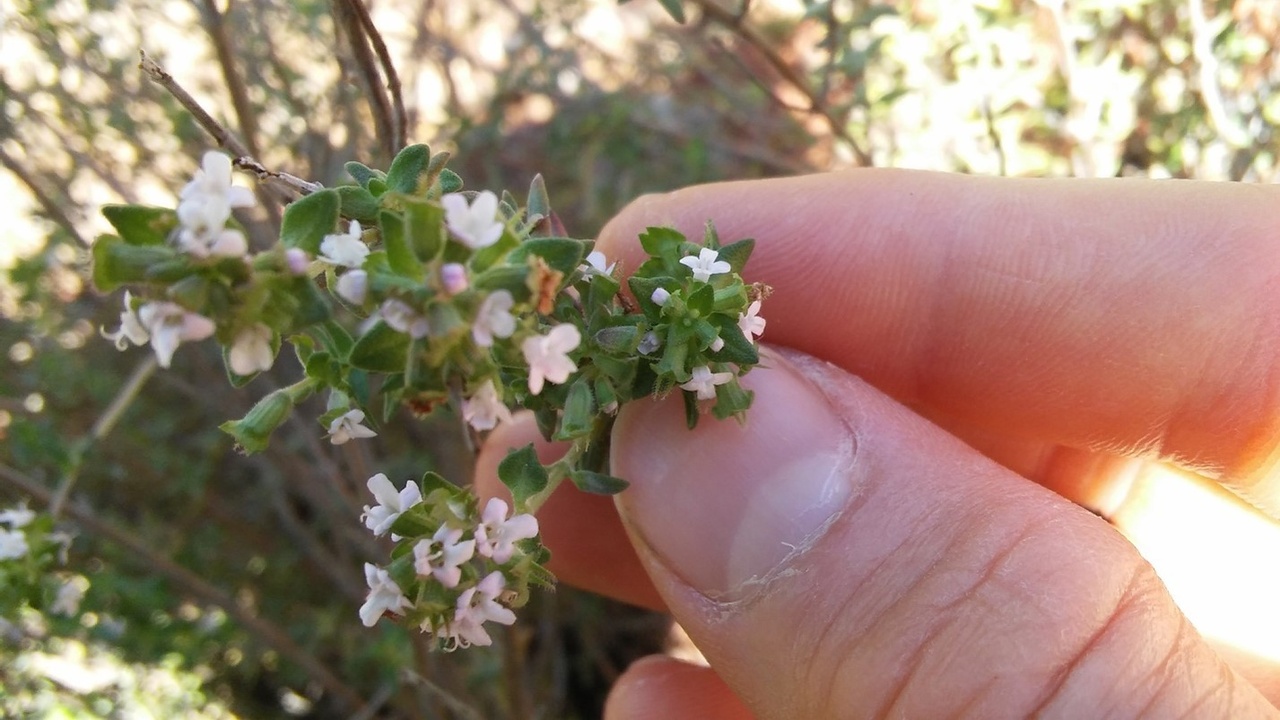Antiparasitic Effects of Three Floral Volatiles on Trypanosomatid Infection in Honey Bees.
May 31, 2022
This post references our new preprint posted to SSRN: Palmer-Young EC, Markowitz LM, Grubbs K, Zhang Y, Corona M, Schwarz R, et al. Antiparasitic Effects of Three Floral Volatiles on Trypanosomatid Infection in Honey Bees. 2022. SSRN preprint: https://dx.doi.org/10.2139/ssrn.4109839
In our last post, we reported on the effects of various plant-derived chemicals on two emerging gut parasites of honey bees, the trypanosomatids Crithidia mellificae and Lotmaria passim. These experiments identified eleven inhibitory compounds that, we suggested, might have therapeutic potential for treatment of infected honey bees. However, all those experiments were conducted on parasite cell cultures. Would these compounds be equally effective against parasites in the bee gut?
Here, we added four of the most promising compounds to the diets of experimentally infected bees. They were thymol and carvacrol—found in plants such as thyme and oregano; eugenol—the main component of clove oil; and cinnamaldehyde, found in cinnamon. In addition to (and perhaps underlying) their culinary applications, all these chemicals are broad-spectrum antimicrobials and are naturally occurring floral odors, suggesting that they might be harmful to parasites but well-received by bees. Eight days after bees were inoculated, we measured the numbers of parasites in their intestines. We also tracked survival and food consumption, to see whether these potential treatments were having costly side effects in our pollinator patients.
We found that ingestion of three of these compounds—carvacrol, eugenol, and cinnamaldehyde—did in fact reduce infection by Lotmaria. Parasite levels were reduced by over 90% in bees fed carvacrol and cinnamaldehyde and by over 99% in bees fed eugenol. On the other hand, both carvacrol and eugenol also reduced bee survival. In contrast, the parasite itself—despite being associated with colony collapse—did not, suggesting that these ‘medicines’ might in some cases be worse for bees than the infections they have potential to treat. However, cinnamaldehyde looks to have promising therapeutic value, suggesting potential applications in beekeeping in addition to your favorite baked treats. It’s also worthwhile to note that the concentrations we fed to bees were in some cases over ten-fold higher than those that inhibited parasite cell cultures. This was by design, given that they are known to be rapidly absorbed from the small intestine in other animals, which we were guessed would leave relatively low concentrations of the compounds by the time the bees’ diets reached the parasite-colonized hindgut. There may be intermediate chemical concentrations that are still effective against parasites without increasing bee mortality.
To our knowledge, these are the first controlled tests of plant compounds for treatment of this newly described parasite. Our experiments largely confirmed that the same compounds that slow growth of parasite cell cultures are also effective against infection in bees, suggesting that diets or floral resources containing such chemicals could provide some protection to pollinators. We are optimistic that these findings will help to contain this emerging infectious disease and ameliorate its effects on managed bees and in pollinator communities.
By supporting us on Patreon, you are helping us to make more videos about bees for everyone. Check it out.
Stay connected with news and updates!
Join our mailing list to receive the latest news and updates from our team.
Don't worry, your information will not be shared.
We hate SPAM. We will never sell your information, for any reason.




